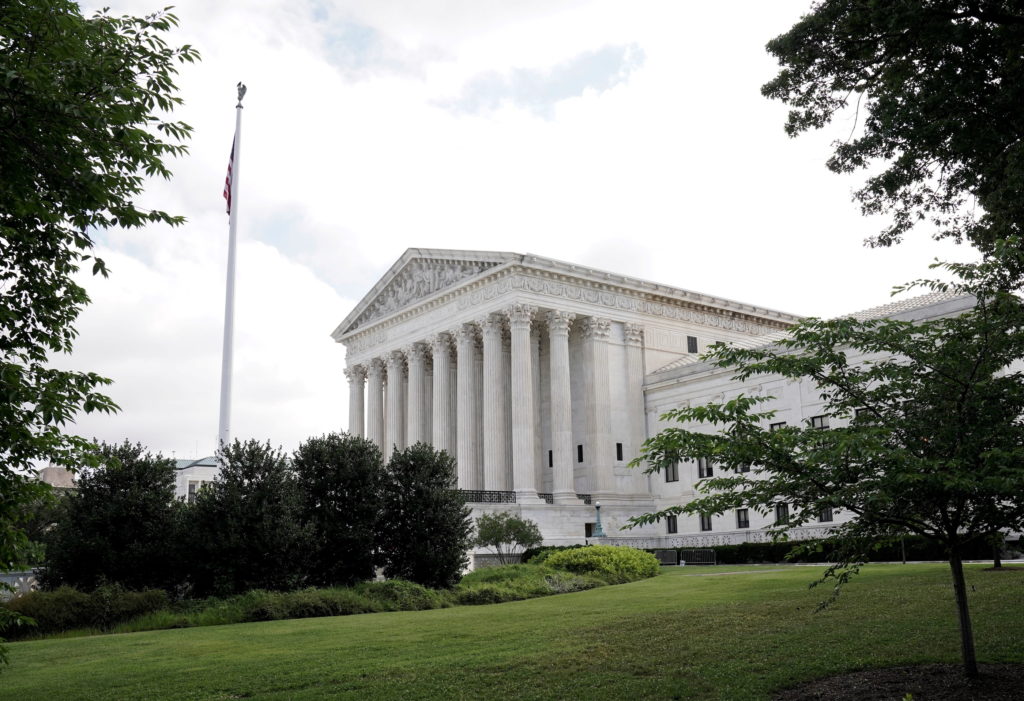Marcia Coyle:
John, first of all, we should say what Section 2 actually is in the Voting Rights Act.
And that’s the section that prohibits any voting procedure that results in or has the effect of denying or abridging the right to vote on account of race. And you violate that section based on the totality of circumstances that show racial minorities have less opportunity than other voters to participate in the political process.
So, what the court, the majority did, led by Justice Alito, was to take that language, the totality of circumstances in Section 2, and he created a list of factors, five of them, that courts should consider when they’re faced with Section 2 violations.
And just to give you one or two of those factors, for instance, consider the — how significant the disparity in voting is. There has to be a significant disparity in order to make out a Section 2 violation. Also, he said courts have to consider the states’ interests here in enacting that voting procedure.
And he said that a state’s already is particularly strong, very strong and significant, if they’re trying to prevent voter fraud. And also consider the size of the burden on the racial minority voter here. All voting schemes, he said, put a burden on almost all voters, but consider, how big a burden is this right here?
Now, this was the problem that the dissenters, led by Justice Kagan, had with the majority’s opinion. They said there was nothing in the text of Section 2 that lends itself to these factors, these five factors that the majority was creating.
And all of these factors, according to Justice Kagan, worked against the challenger, created new burdens for those who want to challenge discriminatory voting practices.













































